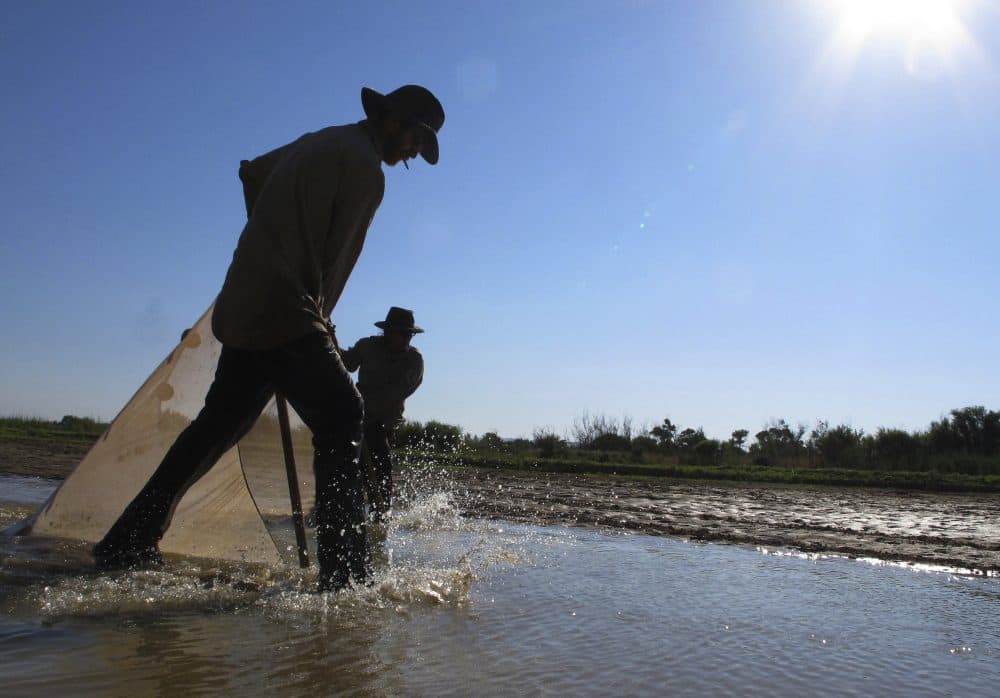Advertisement
It's Still Spring, And 19 Miles Of The Rio Grande Have Already Dried Up In New Mexico

Since the 1990s, it's been common for the Rio Grande to dry up in stretches of New Mexico during the hottest months of the year. But water managers say poor snowpack in the mountains this winter has led to unusually dry conditions along the iconic river. Some areas have already gone dry, and state's largest reservoir is expected to be at just 5 percent capacity this summer.
Here & Now's Robin Young speaks with the Bureau of Reclamation's Carolyn Donnelly, who works in the Albuquerque office.
This segment aired on May 2, 2018.